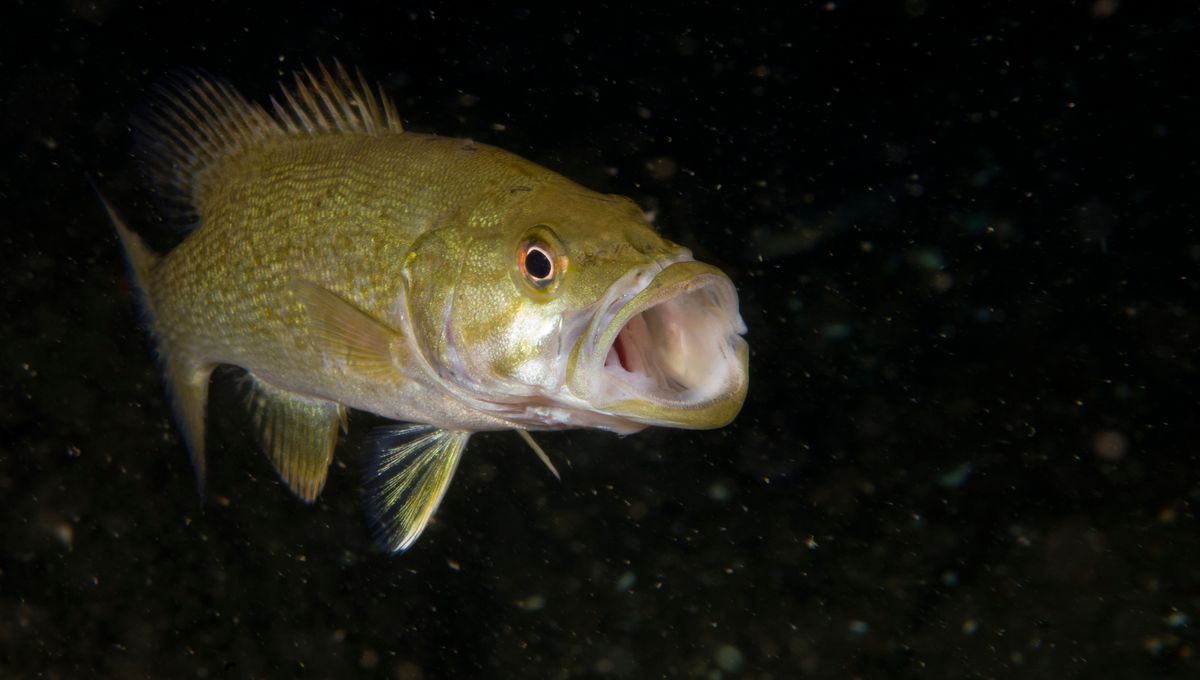
The US Bureau of Reclamation has come up with a plan to prevent invasive smallmouth bass from taking over the Grand Canyon, and it involves turning down the temperature.
Smallmouth bass are typically native to the eastern and central United States, but they are also highly effective predators that love nothing more than chowing down on young native fish like the humpback chub – 90 percent of which live within the Grand Canyon portion of the Colorado River.
The bass were discovered breeding downstream from Glen Canyon Dam in July 2022; they’d been known to live in Lake Powell since 1982 and further upstream, but this new development spelled trouble for the chub, with the worry that the offspring could make their way down to the Grand Canyon.
“These non-native predatory fish were recently discovered breeding in areas where they have not previously been found in large numbers, threatening the recovery of humpback chub, which is listed as threatened under the Endangered Species Act,” the National Park Service said in a report.
Climate change and drought have exacerbated the problem, lowering the surface of the water of Lake Powell, while warmer water has been flowing through the dam and toward the Grand Canyon. The smallmouth bass have managed to pass through the dam’s hydropower turbines to spread into more of the river.
Currently, the bass live in the stretch of river called Lees Ferry, while the chub remains untouched around 121 kilometers (75 miles) from the area. To dissuade the bass from moving into the chub home, the Bureau of Reclamation has decided to tackle the temperature change by releasing cold water into the river.
“The need for these flows was triggered after the average observed daily water temperatures reached smallmouth bass reproduction thresholds above 15.5 degrees Celsius (60 degrees Fahrenheit) at the confluence of the Colorado River with the Little Colorado River,” said the Bureau of Reclamation in a statement.
The plan involves releasing the cold water from Lake Powell through the Glen Canyon Dam, and it began on July 9.
So far, it seems to be working. The invasion of the smallmouth bass may have been stalled because the water has been cooled past the temperature they are known to be able to reproduce at. This also means that the officials will not be using a controversial fish-killing chemical called rotenone that was used last year to curb the spread of the bass.
While the approach ultimately might never be able to remove the bass entirely from the river, it’s hoped that keeping the water cool enough will protect the humpback chub downstream.
Source Link: Bass Invading The Grand Canyon? Cold Water Could Be The Answer